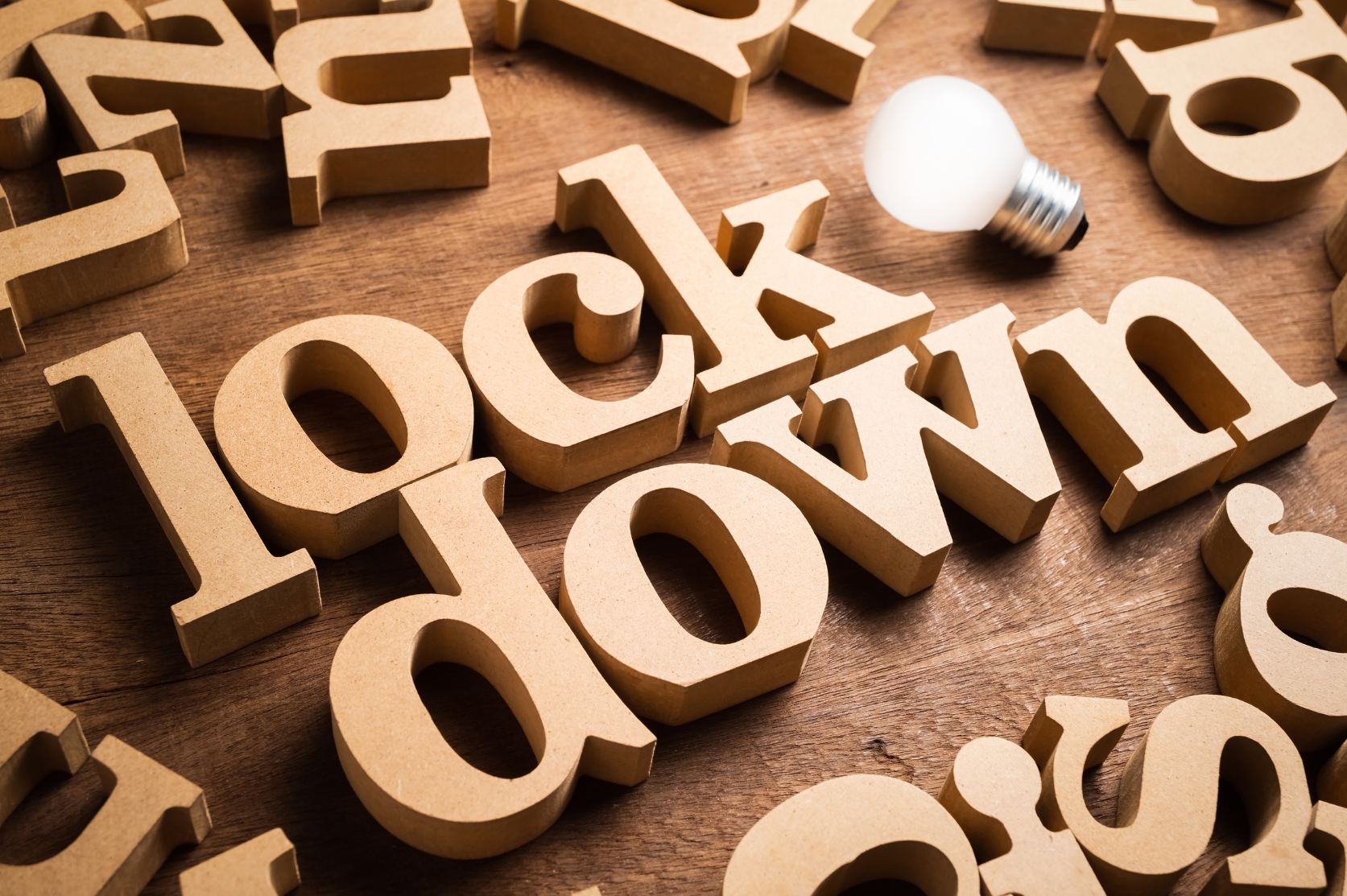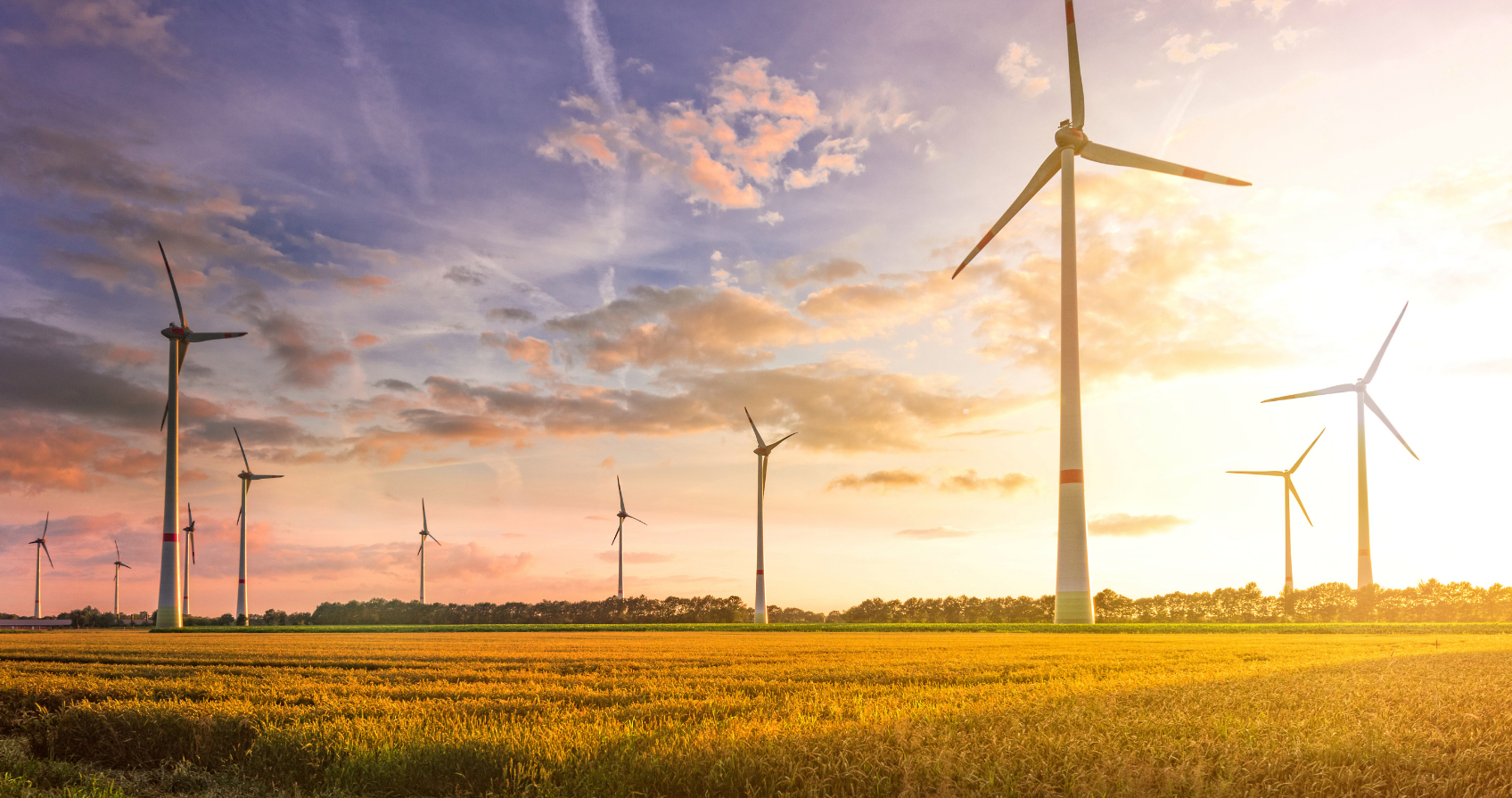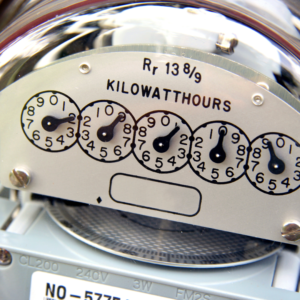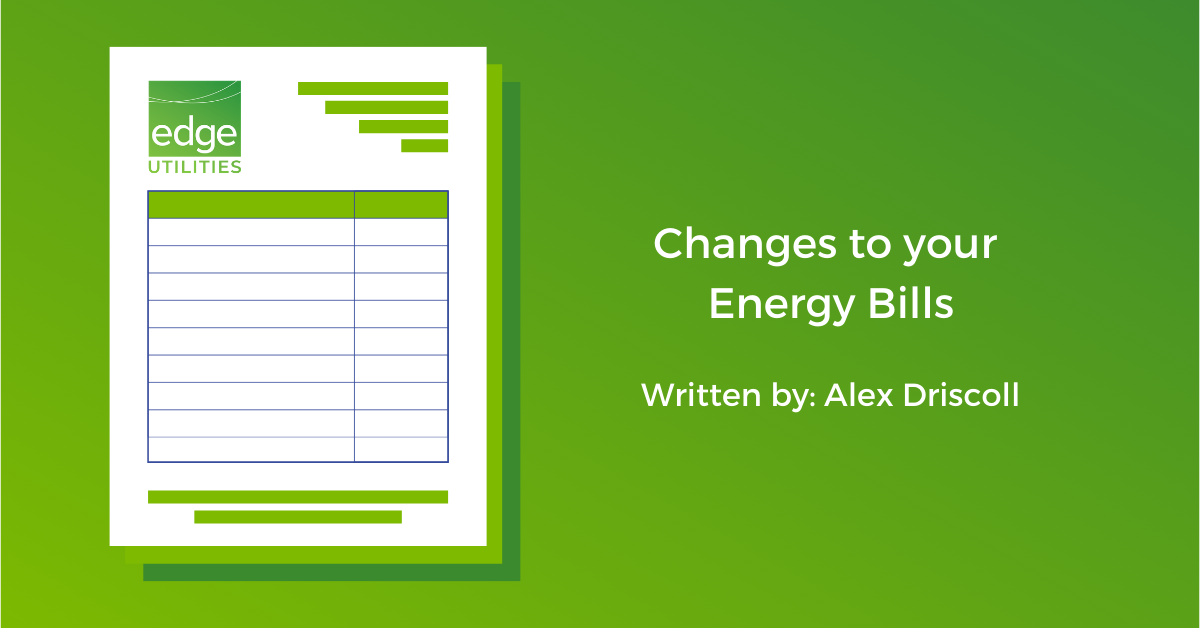
The Tesla big battery has now grown to 150MW/194MWh with the addition of extra batteries but has lost its title as the world’s largest and is likely to lose the title as Australia’s largest battery with Neon installing a 300MW/450MWh big battery near Geelong.
Now even Australia’s newest largest battery is about to be pushed off the top step as large scale wind and solar projects are installing larger, high-capacity batteries.
Most large-scale batteries in Australia have not been operating as storage devices, instead offering a service to “time shift” generation out of intermittent generation such as solar or wind to the time where the energy is required and returns better prices. The big batteries have predominantly been operating in the frequency market where they deliver network services such as frequency control ancillary services and synthetic inertia. To provide the network service the batteries operate for short sharp periods and as a result do not require large amounts of storage duration. As the competition in the network services segment of the industry increases the price for these services has reduced. Battery developers are now focusing on “time shifting” to provide better return for their projects rather than being exposed to low solar hour prices.
As coal fired generators retire the “duck curve” will deepen opening more opportunities for batteries to time shift the wind and solar generation into the evening peaks. Developers are now looking for large duration storage to optimise their returns over the evening peaks. It now appears a 4-hour storage duration is the norm.
In recent weeks we have seen the large market players with significant thermal generation installed entering the battery developer market. Energy Australia is planning a 350MW big battery with four-hour storage at Yallourn. AGL is constructing a 250MW big battery with four-hour storage at its Torrens Island site in South Australia which has announced the mothballing of its gas units. AGL also plans to replicate the 250MW battery at its Loy Yang coal site in Victoria. At Eraring, Origin is planning to install a big battery to offset generation when the coal fired power station closes.
The question is, if “time shifting” occurs, the times when the battery charges will likely raise spot prices as demand increases and the evening peak prices should drop. To make money battery operators will need to arbitrage the charging cost with the price they receive when they discharge. With the increased penetration of wind and solar generation into the generation mix the spot prices during the solar hours are likely to fall further however with many large-scale battery developers still heavily reliant on coal fired generation the optimisation of their exist portfolio will be interesting to see.






 et (NEM) is near impossible. But a solid understanding of the fundamentals is essential if you stand any chance of knowing some of the more complex aspects of it.
et (NEM) is near impossible. But a solid understanding of the fundamentals is essential if you stand any chance of knowing some of the more complex aspects of it. Intertwined with Christmas and New Year celebrations, Edge2020 capped off the ‘year that was’ with excellent news regarding a 58MW renewable power purchase agreement (PPA) we brokered, and the re-signing of our longest serving and largest client.
Intertwined with Christmas and New Year celebrations, Edge2020 capped off the ‘year that was’ with excellent news regarding a 58MW renewable power purchase agreement (PPA) we brokered, and the re-signing of our longest serving and largest client.
